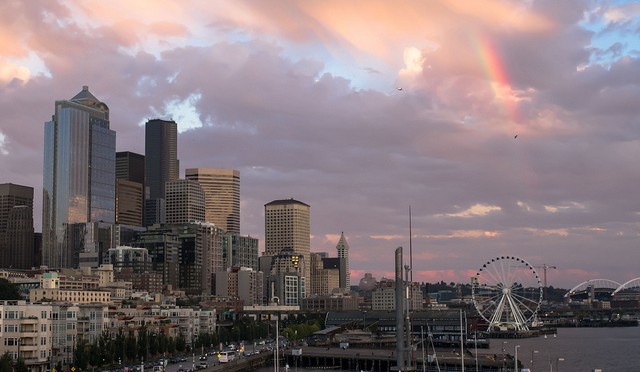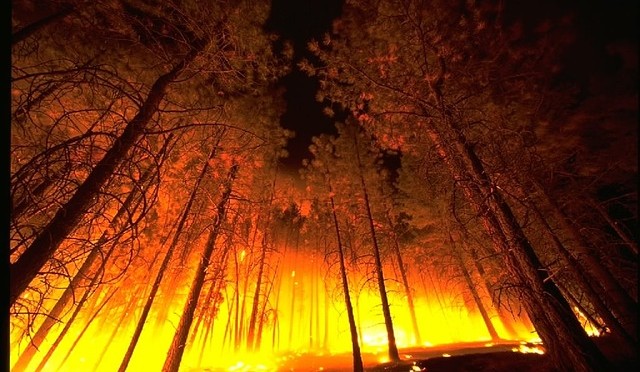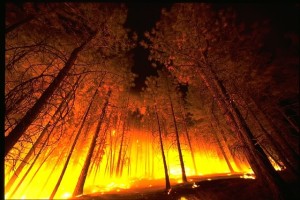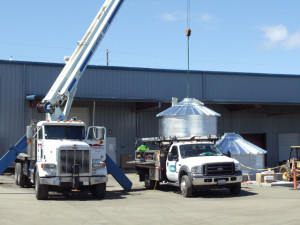 October 1 is the official start of the rainy season in Washington State and even though annual rainfall met expectations, another dry, warm winter is predicted for the region. This means that the snowpack – the summer rain bank (see what I did there?) will be missing in action for another year.
October 1 is the official start of the rainy season in Washington State and even though annual rainfall met expectations, another dry, warm winter is predicted for the region. This means that the snowpack – the summer rain bank (see what I did there?) will be missing in action for another year.
According to the Department of Ecology’s drought page, “despite recent rains and some boost for stream flows, extreme drought still covers two-thirds of Washington state.”
Now would be a good time to come up with a personal drought contingency plan, since Mother Nature isn’t going to provide relief any time soon. Washington state’s drought plan, released in 1992, refers to fish and timber harvesting, but makes no mention of rain harvesting.
When planning a rainwater collection system, you must account for the amount and intensity of the average rainfall in your area. That information is usually available at the county level, but can also be captured via National Oceanographic and Atmospheric, Administration (NOAA) and the National Climatic Data Center.
For a small system, you can head to your local hardware store, purchase a rain barrel, hook it up and, at the very least, can collect water for your garden.
For a whole house, or commercial system, work with a pro that knows how to design and install the most thoughtful system, which is customized to your specific needs. Ask questions; provide information about your roof size and materials, family size, whether you want to capture water for drinking, irrigation or laundry, etc.
When you work with an accredited professional rainwater harvesting installer and designer, the outcome will be a system to meet your water needs for years to come – and it will add value to your home or business.



 Fire is a frightening concept, but an unfortunate reality.
Fire is a frightening concept, but an unfortunate reality. uce 30 gallons a minute for 16.6 hrs. If used with a wetting agent, the solution will stay intact for a longer period. Having a source of water designated for fire protection can be an investment that could save your home.
uce 30 gallons a minute for 16.6 hrs. If used with a wetting agent, the solution will stay intact for a longer period. Having a source of water designated for fire protection can be an investment that could save your home.